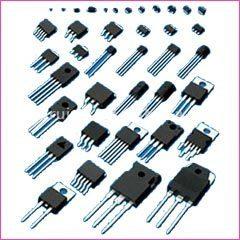

Before the discovery of thyristors, thyratrons were used for industrial control, but now they have been replaced by the thyristors because of the following drawbacks of thyratrons.
1. Thyratron needs a large anode-to-cathode voltage and a separate filament supply whereas the thyristor needs only one main supply and a control signal.
2. Thyratron takes long time in ionising and deionising and, therefore, is unsuitable for higher frequencies (beyond 1 kHz). A thyristor can operate over a wide range of frequencies because it can withstand as high as 200 A/micro seconds rate of rise of current.
3. A thyristor has much smaller turn-on and turn-off times in comparison to those of a thyratron. .
4. Because of the filament and hitting of anode by accelerated electrons, the life of thyratron is much smaller than that of a thyristor.
5. Thyratron is less reliable than thyristor.
6. Thyratron have internal losses much larger than those of a thyristor.
7. Thyratron is bulkier than thyristor because in thyratron large spacing is required to be provided to avoid any arc-backs and unwanted flash-overs.
A thyristor is a current controlled device, while the thyratron is a voltage controlled device. This results in different design of control circuits for them.
Established in the year 1990, at Mumbai, Maharashtra, India, we “Cirkit Electro Components Private Limited,” are one of the leading stockiest and distributors of Non Ferrous Metal, Base Metals, Minor Metals and Ferro Alloys.
More details:View company website
Its Free
Verify Now